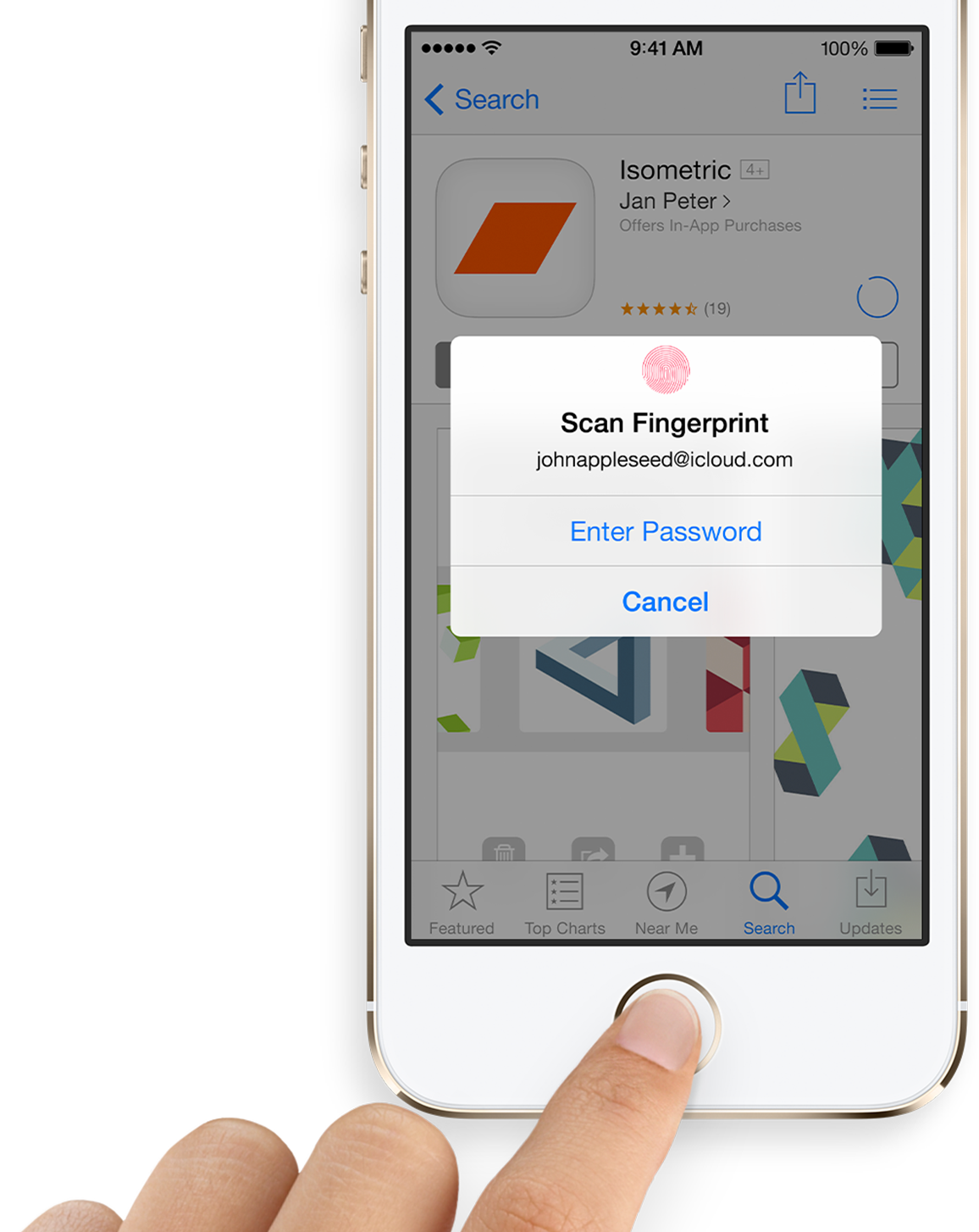Touch ID

Touch ID is Apple’s fingerprint sensor built-in to the Home button that first debuted with the iPhone 5s. A year later Touch ID became an integral part of Apple Pay that launched just after the iPhone 6 and 6 Plus and also came to the iPad Air 2. The first Mac to gain Touch ID was the MacBook Pro with Touch Bar in late 2016.
Conflicting reports have been plentiful this year as to how Apple will handle Touch ID with the iPhone 8 or whether face recognition may replace it altogether.




